SORACOM eSIM and New APIs for Enhanced Cost Management and IoT Capability Now Available
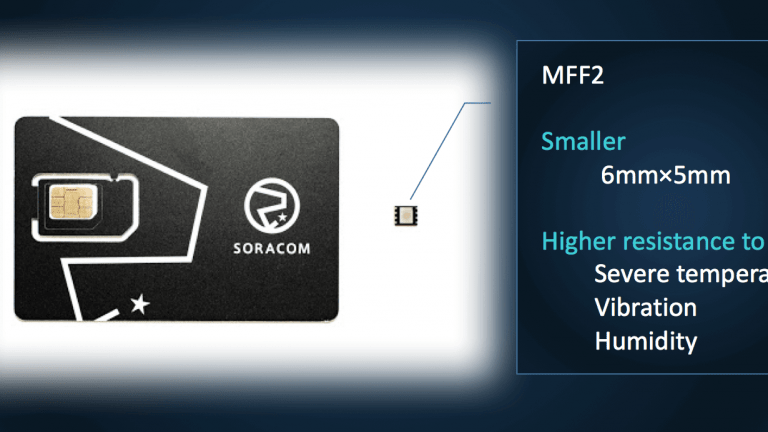
Introduction
Two years ago, on September 30, 2015, we announced the launch of the SORACOM IoT communication platform. Since then, the platform has grown to support over 8,000 customers, and thanks to their feedback and encouragement, we have released more than 10 new services and more than 40 new functions. Today’s release has been a long time in development, and it’s a major milestone both for SORACOM and for our customers who have long demanded an eSIM option.
Background
In July of last year, we announced the availability of a global SIM that offers data service across 120 countries in North America, Europe, and Asia. Until today, we offered that SIM as an MVNO, using our partner MNOs’ subscriber management capability (HLR). This has worked well, but we’ve also heard our customers asking for greater capability, things like:
- How can I reduce connectivity costs while products are in storage or in transit?
- After testing connectivity at the factory, how can I halt service until my products actually reach their end users?
- How can I improve vibration resistance and temperature sensitivity for automotive, industrial, and ruggedized consumer IoT applications?
- How can I implement smaller and more flexible form factors while ensuring flexible cellular connectivity?
To address these challenges, I can announce today that we have implemented our own HLR, which means we can now issue and authenticate SIMs on our own using a new plan we call “plan01s.”
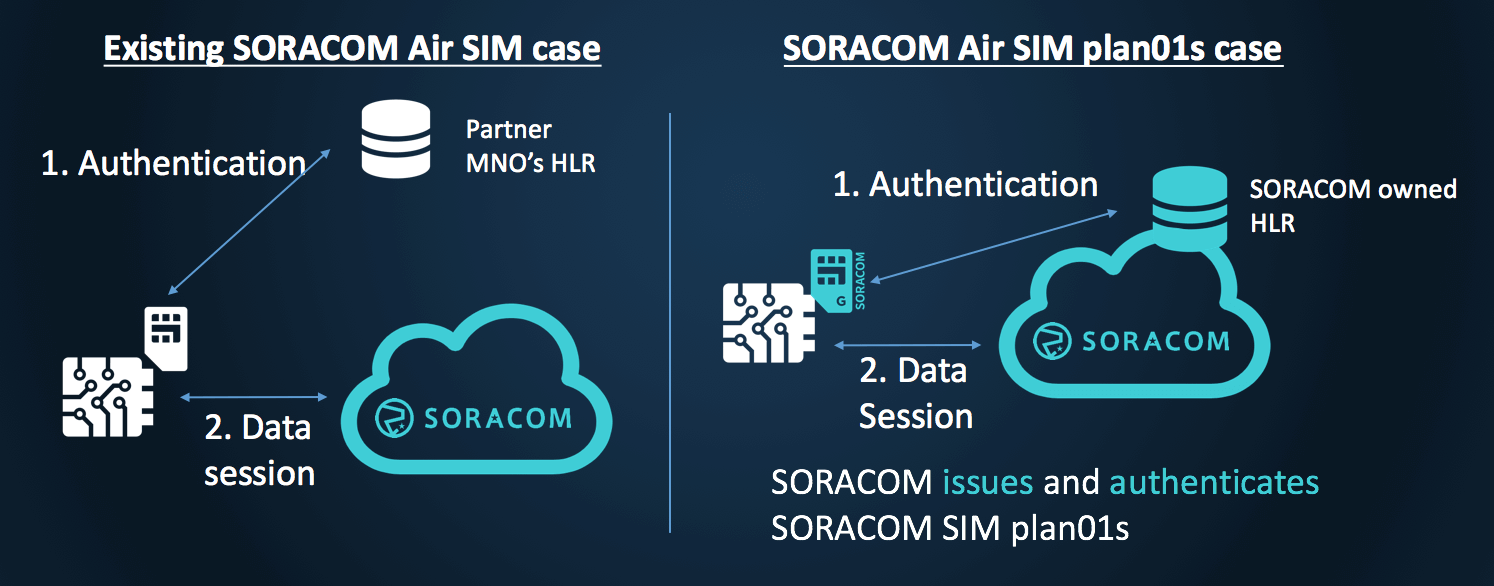
This new plan will give our customers more control over SIMs throughout their life cycle, offering new opportunities to reduce cost, manage connectivity, and deploy embedded SIM solutions that support a wide range of new form factors, streamline production, and improve reliability.
Today’s announcement – eSIM and Beyond
Today’s announcement delivers four key benefits
- A new connection management API for reduced cost during idle times
- Availability of an integrated IoT IC eSIM in addition to the existing standard SIM
- Availability of a new, proprietary SIM-level applet
- Public Beta of a new secure, API-driven SMS service designed for IoT/M2M devices
Connection management API for reduced cost during idle times
Normally, once a SIM begins receiving data it shifts into Active state and begins to incur a small daily keep-alive cost ($0.06 US for a standard Soracom SIM in most global markets). This is not an issue during development or for devices in field, but often during the manufacturing and distribution process there will be times when devices may be idle for a long period. Once devices are tested at the factory, it’s not unusual for them to spend some time in storage waiting to be shipped, or to spend weeks in transit from a production site in one part of the world to their port of destination in another.
It’s actually pretty common in today’s IoT for a given device to be designed in California, produced in China, and distributed commercially in Europe and the Middle East. That’s why we’re introducing a new STANDBY state for Soracom SIMs that stops data transmission pauses the daily keep-alive fee. This makes it easy to optimize for both cost and quality. Devices equipped at the factory with SIMs or eSIMs can be fully tested before shipment and then set to STANDBY and reactivated only they reach their commercial destination.
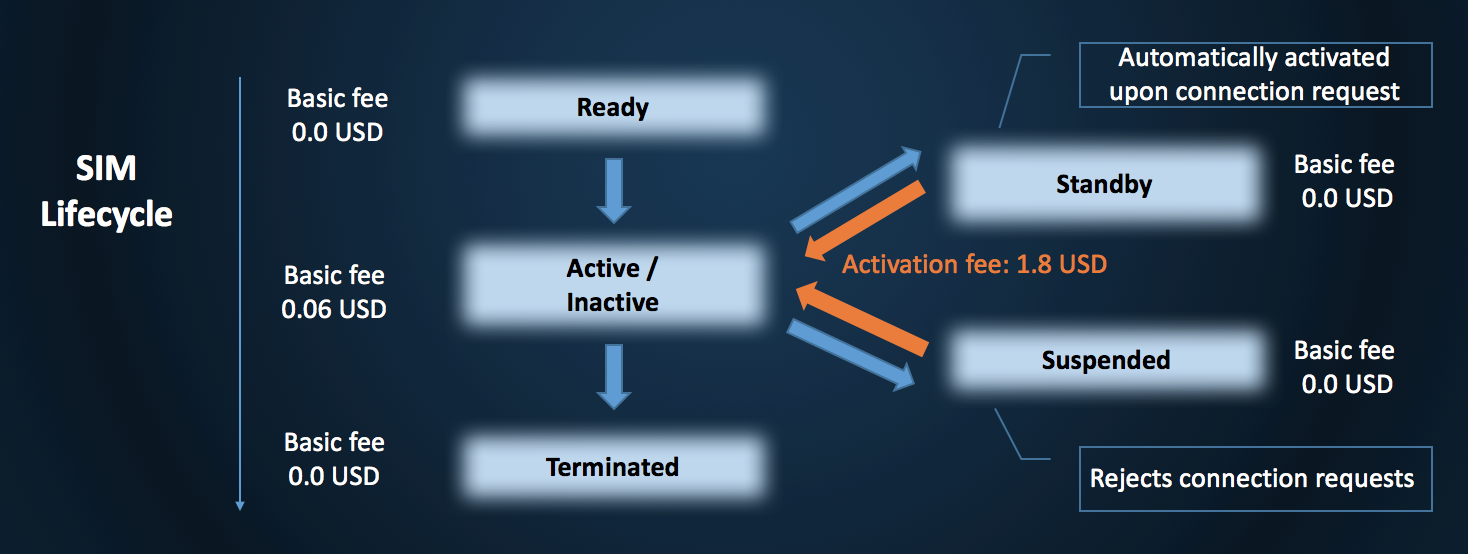
Our independent subscriber management and authentication infrastructure (that HLR I mentioned earlier) lets users control the state of any SIM on their network via web console or API. For manufacturers, this makes it possible to manage large numbers of SIMs or eSIMs programmatically, assigning STANDBY and ACTIVE states to match the timing of cash in and cash out, so that devices only incur cost when they are creating value.
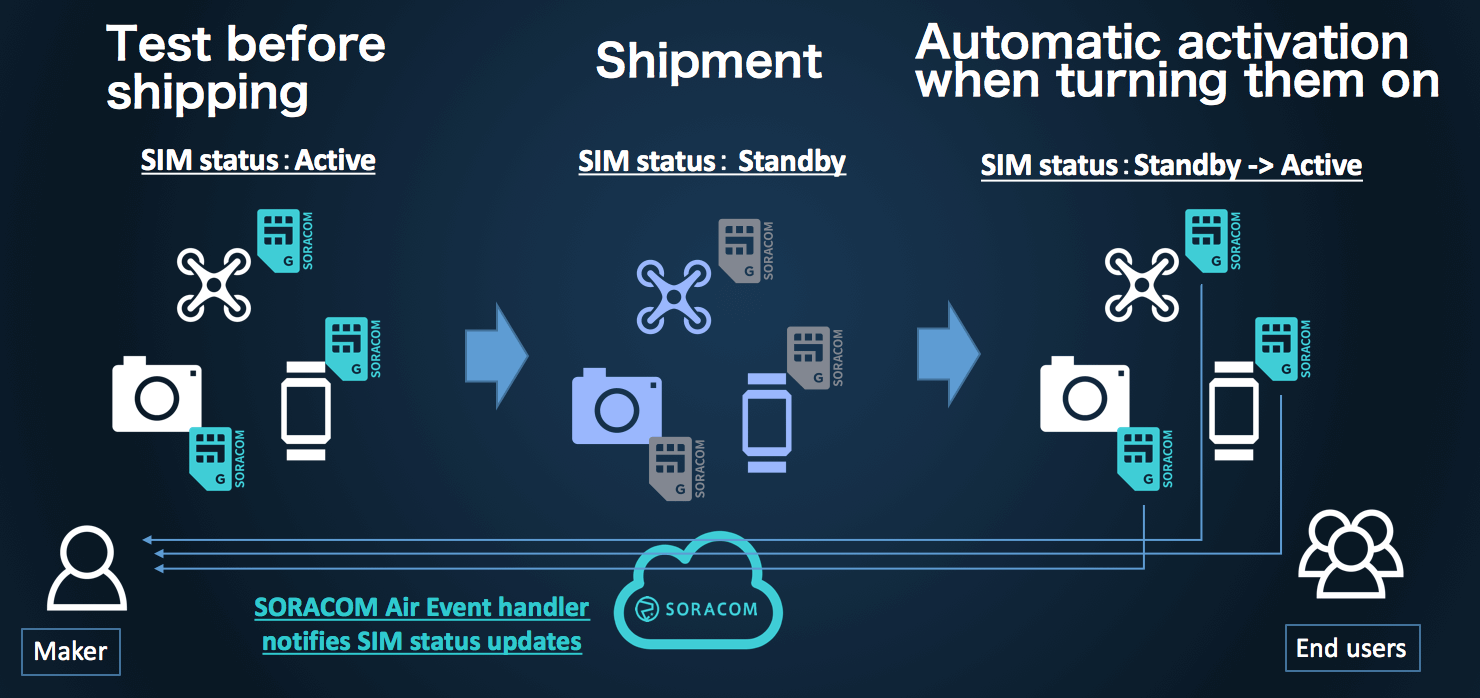
Integrated IoT eSIM
To date, Soracom has offered the standard SIMs for global use in IoT applications, but today we are very happy to announce the availability of Soracom eSIMs, enabling the use of Soracom services across a wide range of advanced use cases.
The SORACOM eSIM provides all of the capabilities of the standard SORACOM Air SIM, mounted on an IC chip compliant with the MFF2 standard. Thanks to its greatly reduced size and permanent location on the circuit board, the eSIM supports a wide variety of compact form factors, streamlines manufacturing and distribution processes, and improves reliability and durability thanks to enhanced resistance to environmental factors such as vibration and temperature fluctuation. These advantages make the eSIM ideal for a wide range of IoT applications, from consumer products to automotive and industrial use.
eSIMs are typically provided in reels of 3,000. While this is obviously great for production at scale, we recognize that our users will need smaller numbers for prototyping and testing. To start working with a batch of 10–20 eSIMs, just contact us and we’ll make sure you get what you need.
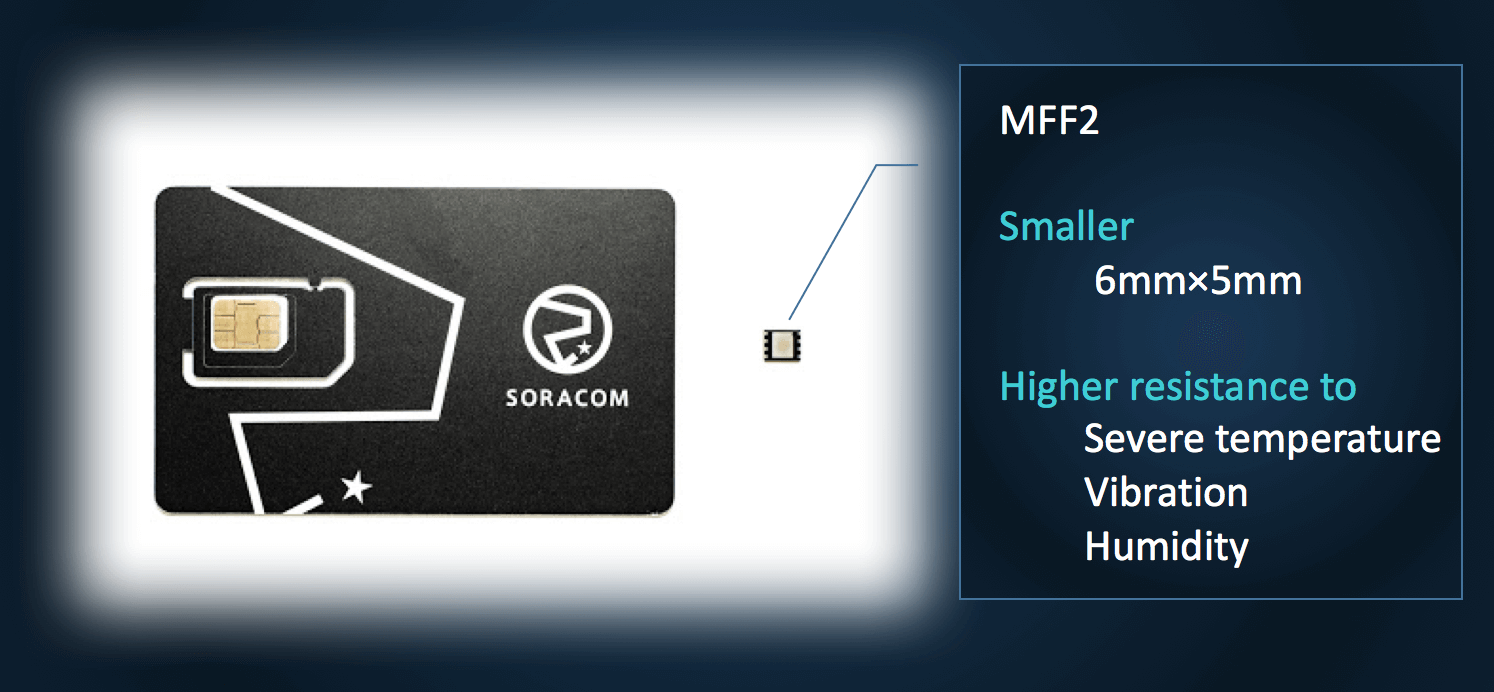
Proprietary SIM-level applet
At first glance, a SIM doesn’t look like much. Just a couple of traces, really. But every SIM is actually running its own OS, which makes it possible to run a Java applet on top.
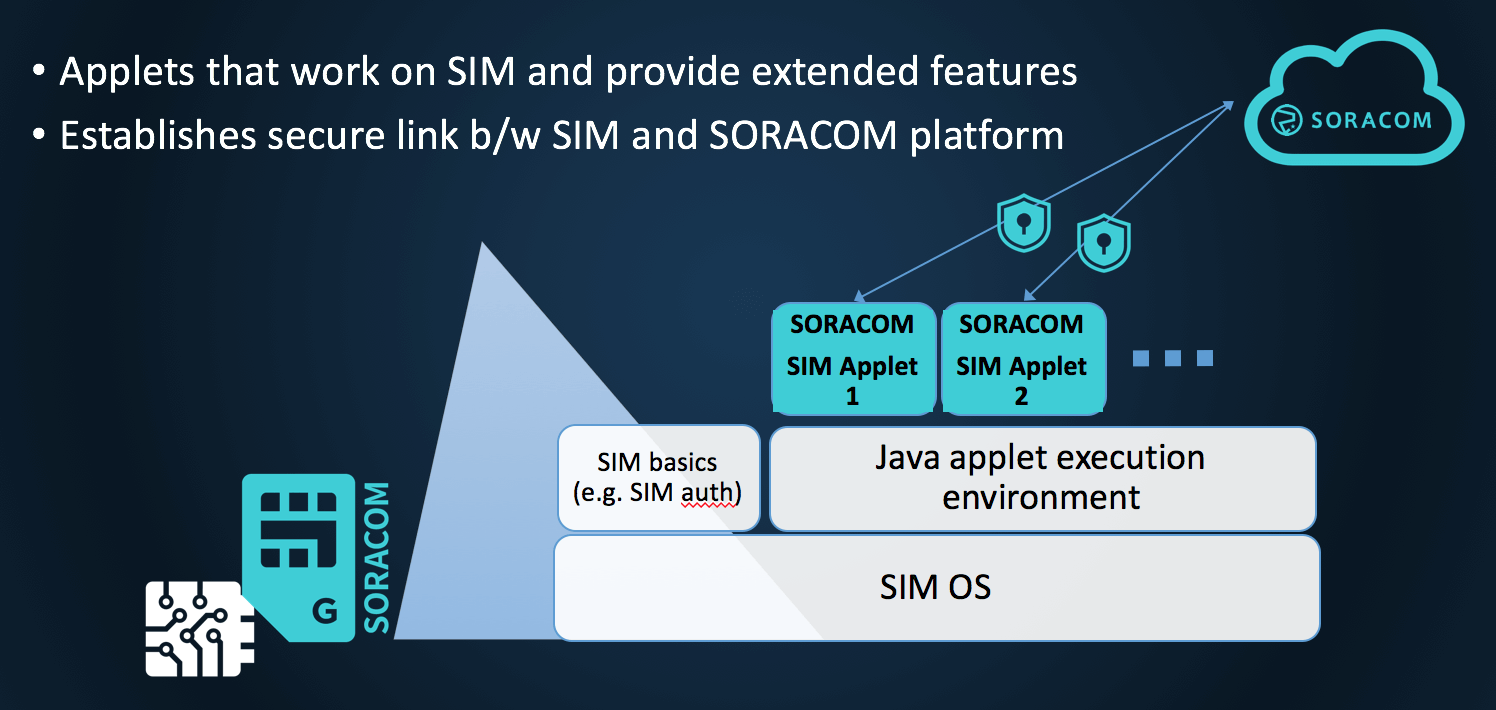
Today we are releasing our first SORACOM SIM applet, a reporting function that allows any SIM to upload its local information to the SORACOM platform, where it can be acquired via web console or API. As of now, this applet is offered as a Public Beta, supporting a limited information set for only certain types of devices. Look forward to us expanding this offering significantly based on usage data and user feedback.
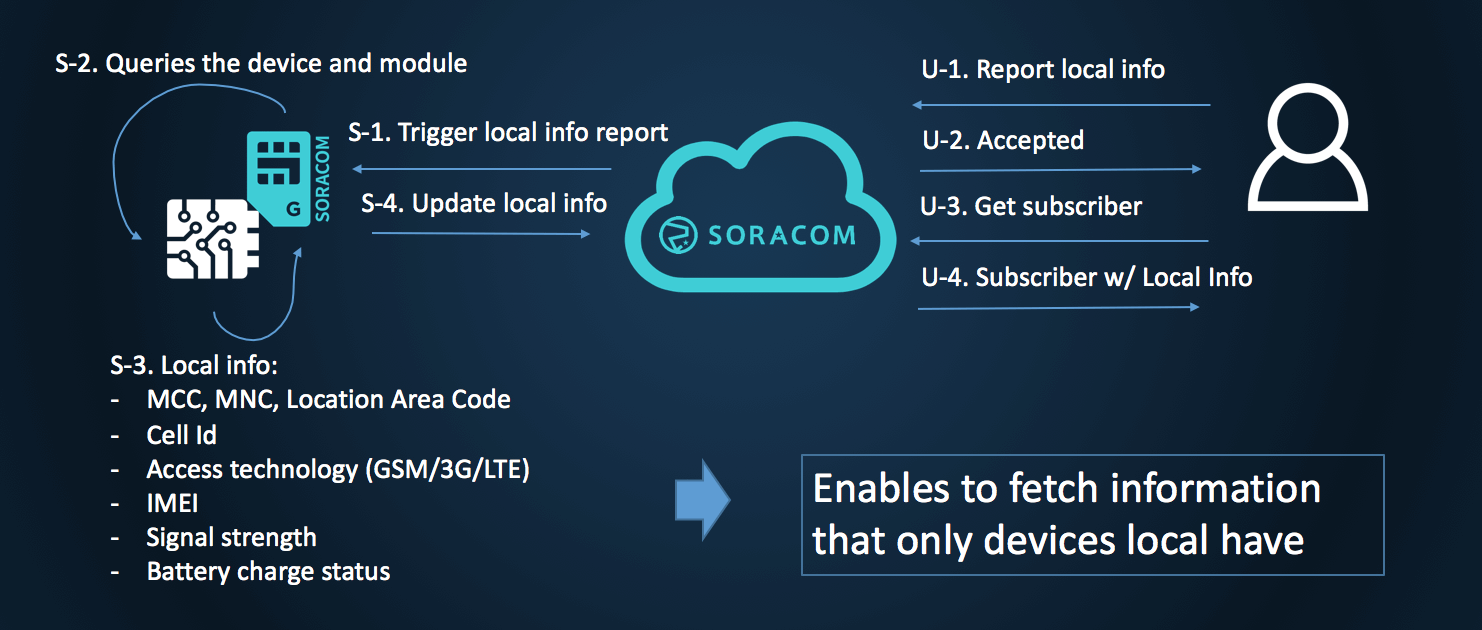
The applet feature also makes it possible to switch a SIM’s identifying IMSI number directly over the air (OTA). For example, if a car in a European country crosses a border it can switch IMSIs to roam on the network that is strongest in its new location, as shown in the figure below.
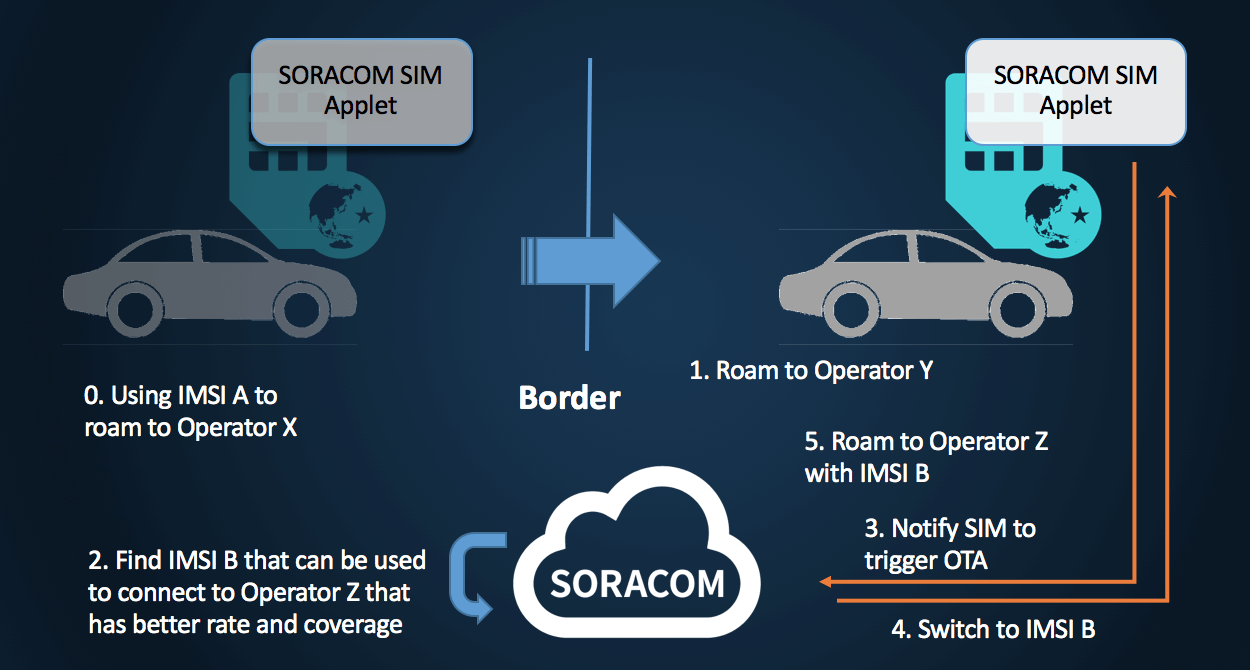
We expect to turn this feature into a full-fledged service in time. For now, if you are interested in this type of use case, please contact us for more information and we’ll be happy to assist you.
Usage fee for SORACOM SIM (and eSIM) (plan 01s)
The usage fee for our new plan01s is effectively identical to our current standard plans.
SIM cost
- Standard SIM $5.00 USD
- eSIM $6.00 USD (MOQ 3000)
Connectivity cost
- Basic charge of $0.06 USD / day (once active)
- Data communication fee 0.08 USD / MB
If you need only a few megabytes per month, we also offer a plan (plan01s-LDV) optimized for Low Data Volume. With the Low Data plan, the connectivity fee is reduced to $0.4 USD/month, with a slightly higher per-megabyte cost for data.
Wrapping up
It’s a big day for us here. We have been able to extend our cloud-native platform significantly by working with our customers to identify the new features that will make a real difference as they commercialize their work. In addition to our technical advantages, we are committed to offering IOT/M2M developers a service that works as well in the field as it does on the whiteboard, with the greatest possible control over connectivity and cost.
This announcement represents one more step toward delivering an open and accessible IoT communication platform to the ideal that works where you want it, when you want it, as-needed and pay-as-you-go. We welcome your feedback as we work toward this goal, and if you want to try our eSIM or new plan01s you’ll find them available in the Soracom console. Feel free to contact us on Twitter, Facebook, LinkedIn, or by email and let us know what you think!
Still Day One!
Ken Tamagawa
CEO and co-founder



